Only 351 examples of the iconic Toyota 2000GT were produced in its short, three-year production run from May 1967 to August 1970. Of these, just 233 cars were made in right-hand drive and only three were allocated to the market in South Africa.
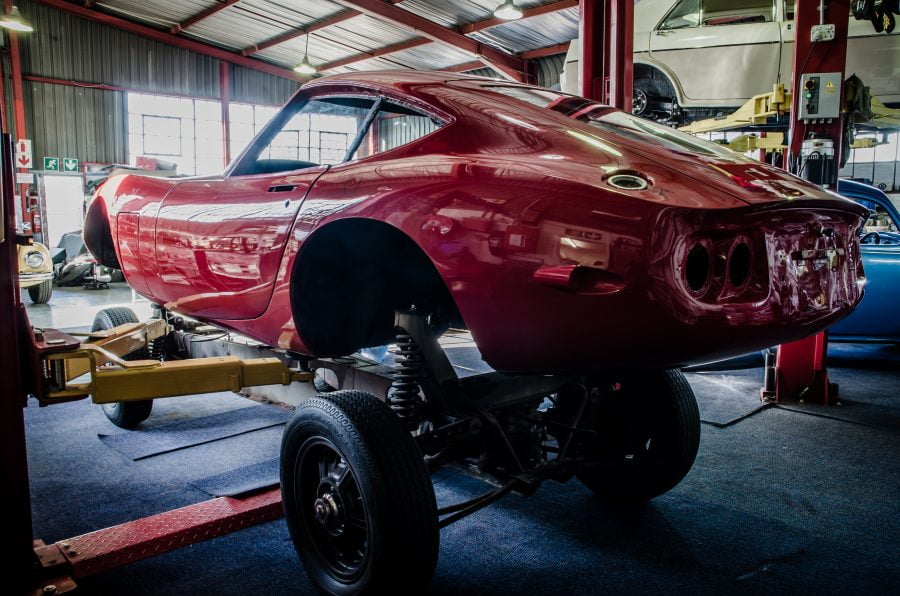
Toyota’s historical documentation reveals that chassis numbers MF10-10131 and MF10-10206 were both painted in the popular shade of Pegasus White, while chassis number MF10-10207 was said to be finished in the less common Thunder Silver. The three vehicles arrived in South Africa between 1967 and 1968.
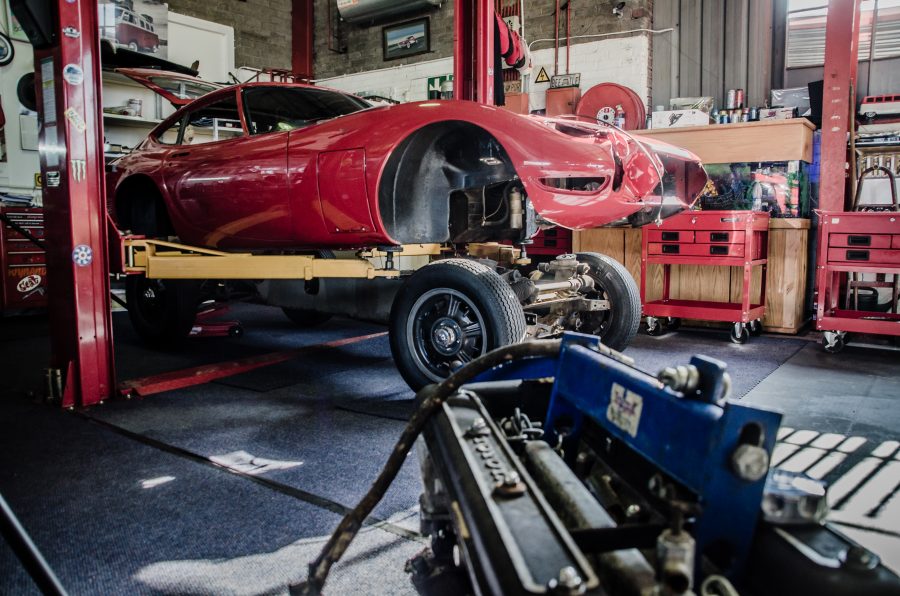
Toyota 2000GT restoration
Toyota South Africa has possessed car #10207 for a number of years as part of the company’s heritage collection and it always puzzled the team why the car was only ever known to be painted in Solar Red. The potential of discovering the answer to this mystery was not enough in itself to prompt a full restoration. However, the tipping point came when Toyota Gazoo Racing announced that it had begun to reproduce selected original equipment components for the 2000GT as part of its GR Heritage Parts programme.
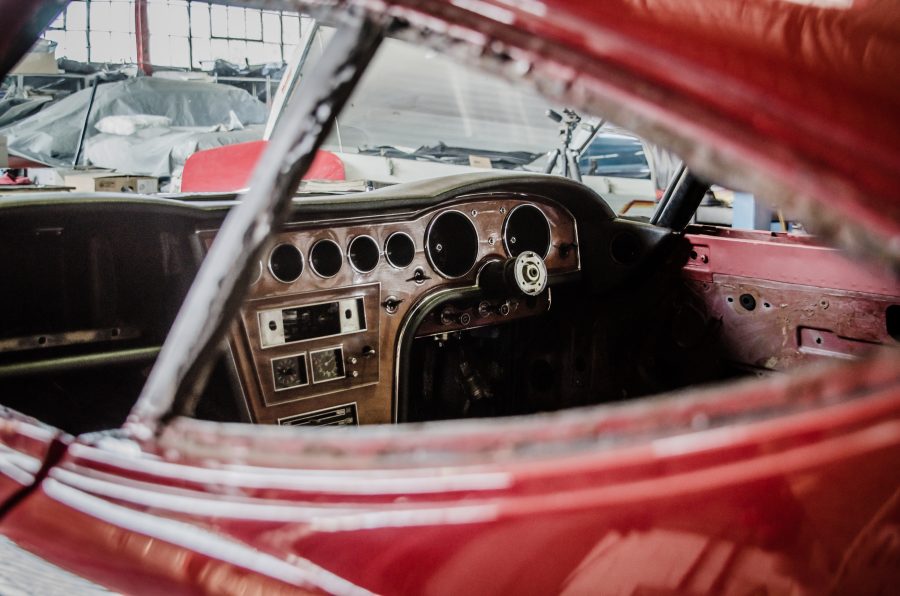
Now that some of the trickier mechanical components could be more easily sourced through official channels, the decision was made to embark on a complete nut and bolt restoration and return car #10207 to its original glory.
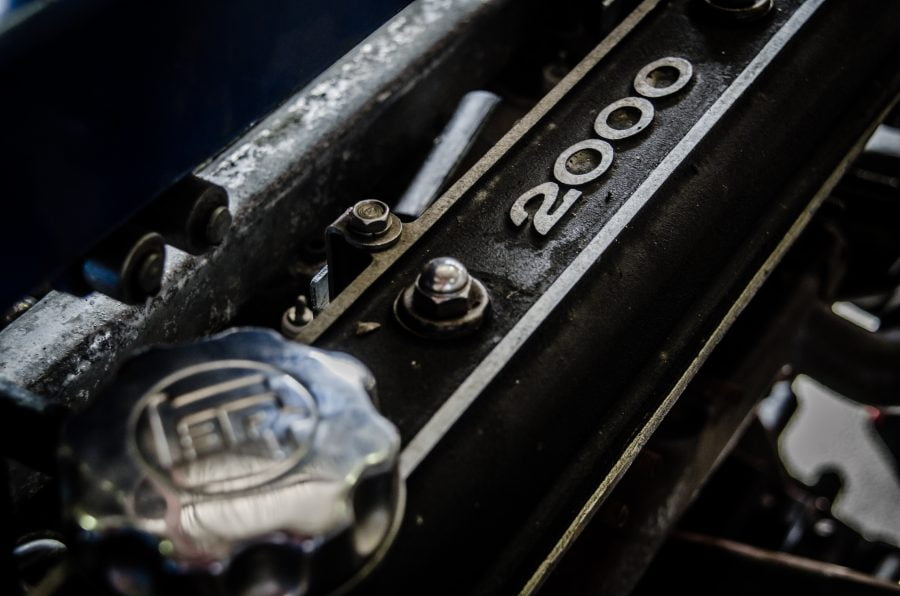
This grand-scale project was entrusted to the father and son team behind Generation Old School, a classic car restoration specialist in the Gauteng province of South Africa. Wynand Styrdom Senior and Wynand Styrdom Junior are renowned for their work on motoring icons from the Sixties, with a methodical project plan, hands-on approach and attention to detail being hallmarks of their restorations.
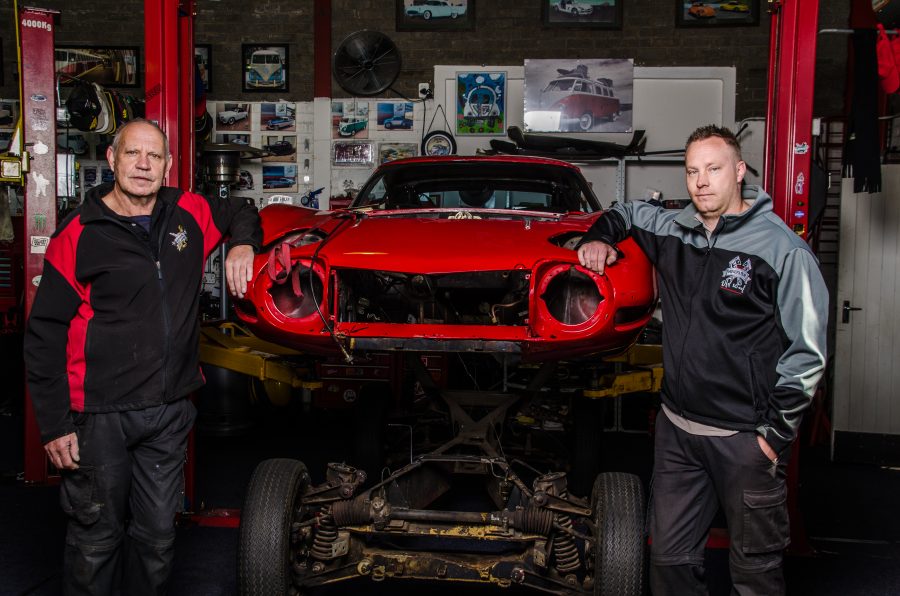
Although neither of the Styrdoms had even seen a Toyota 2000GT in the metal, both are experts at disassembling vehicles and making a careful inventory of each individual component. Their preference is always to try and revive parts in order to preserve the value and originality of the vehicle in question; plus, it is rarely guaranteed that replacement parts are even available. This was a process that Toyota South Africa was keen to encourage, so it supplied the duo with an original 2000GT repair manual (below) that detailed every part number and repair process. What an invaluable resource!
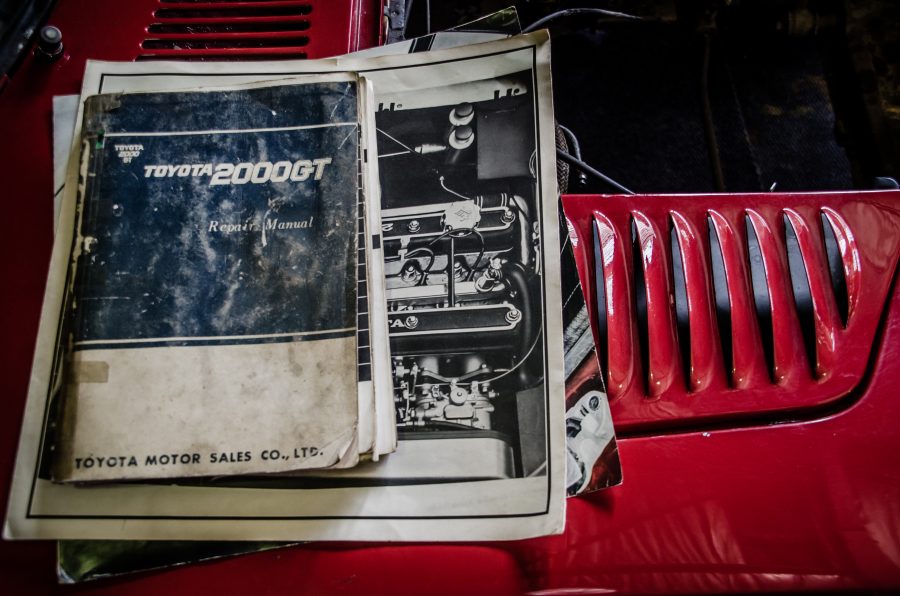
An essential part of such a project is the separation of the body from the underlying chassis. Since its institution in 1967, this marriage had lasted more than 53 years, and the two halves would only be fully reunited when each had been completely restored.
With regard to the chassis, Wynand Junior confirmed that its overall condition was good and that only minimal remedial work was required. However, there were a handful of components that needed to be completely refurbished – the most obvious of which were the wheels, which required special treatment due to their magnesium alloy composition.
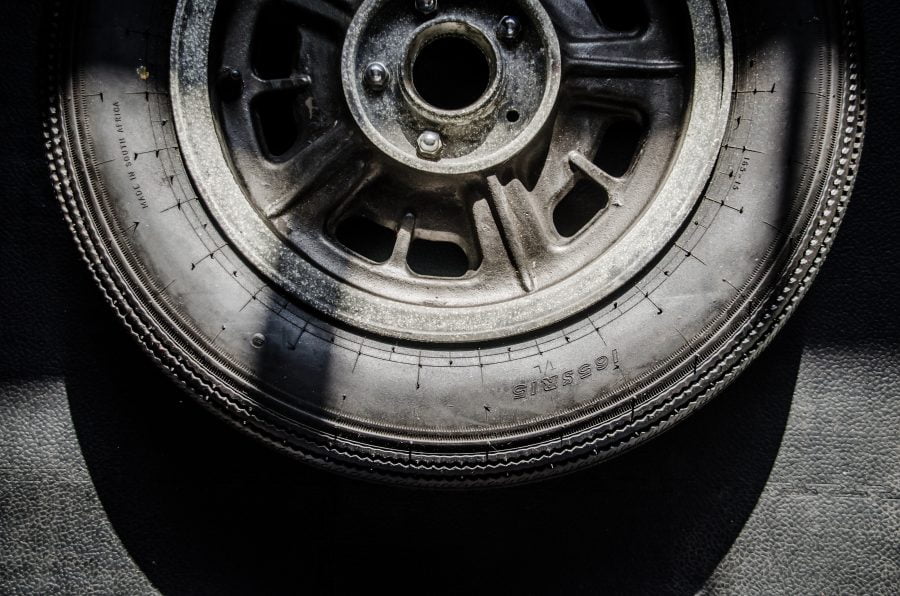
The original wheel design also incorporated spindle ‘knock-on’ locks, which were in poor condition after many years of use. Here the Styrdoms carefully refurbished the original items and created a special tool to assist with the removal and refitting of the wheels – without damaging any of the parts.
Meanwhile on the interior, the wooden fascia that covers the entire dashboard and centre console was found to be brittle, faded and extremely thin. The chrome trim surrounding the instruments was also fragile and the insulation around the wires would crumble at the slightest touch. The wooden steering wheel in particular had a sizeable circumferential fracture, which had to be carefully restored to maintain its structural integrity. Nevertheless, every interior element was bagged, labelled and stored for refurbishment.
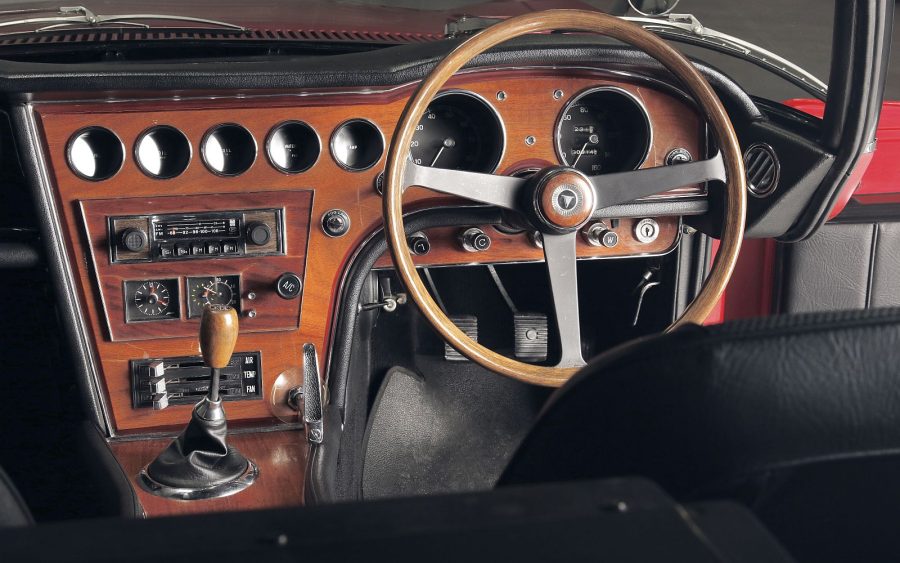
Among these, the original stereo system was delivered to a classic radio specialist, who was commissioned to rebuild the vintage electronics and make them functional once more. An interesting fact uncovered during this process was that Toyota equipped the original audio system with a sound-fade during the operation of the retractable aerial.
Toyota 2000GT restoration
At this point, the body and chassis were delivered to Dino’s Classic Restoration to perfect the metalwork in intricate detail in preparation for painting. This meant that a decision about body colour – Thunder Silver or Solar Red – had to be made without further delay.
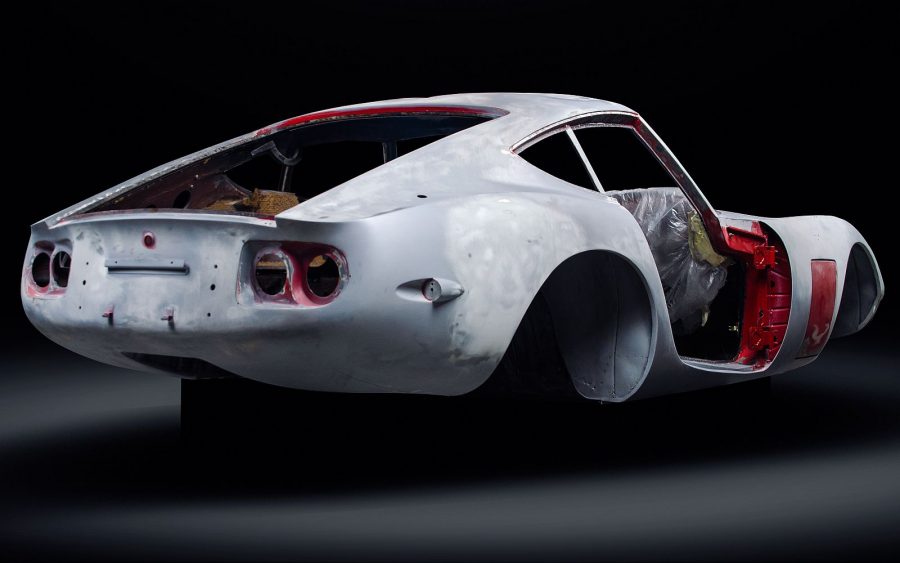
Despite Dino’s experience with classic vehicles, the team had never seen, let alone ever worked on, a Toyota 2000GT. Nevertheless, to their trained eyes it was clear that the years had taken their toll on this particular example. The paint was clearly in need of work as many scratches, touch-ups and dents littered the body, while the sump cover panel and lower valance had been somewhat deformed over the years, perhaps through contact with pavements or speed bumps. Before any new paint could be applied, the complete removal of all surface material was needed to establish what work needed to be done.
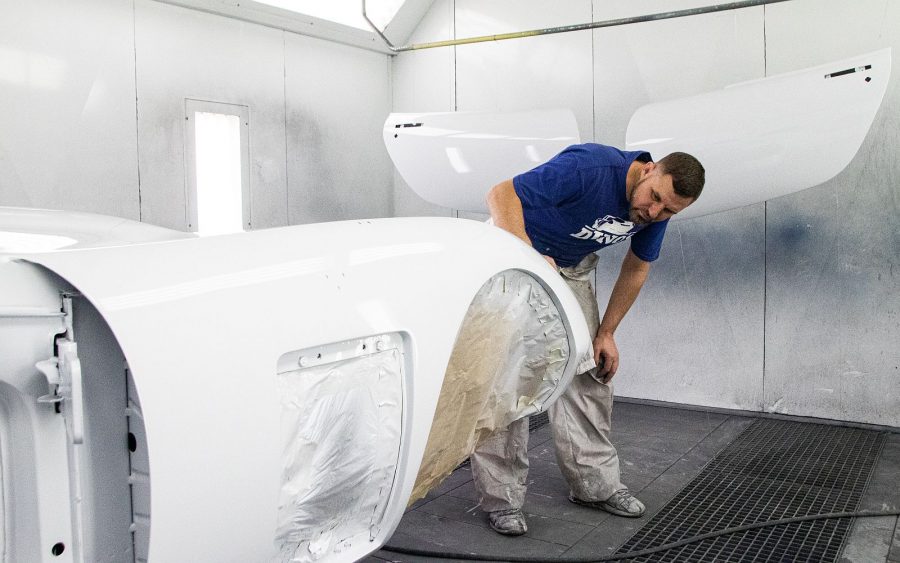
Once the paint had been stripped from the aluminium body it was discovered that some repair work was needed in certain areas. Despite the availability of modern polyester-type fillers, the team at Dino’s prefer to use the specialist and distinctly old school method of body soldering, which uses molten lead to fill and seal damaged areas. Once it is cooled and hardened, the lead is then smoothed out to leave a repair that remains unrivalled in its ability to flex with the vehicle body without cracking.
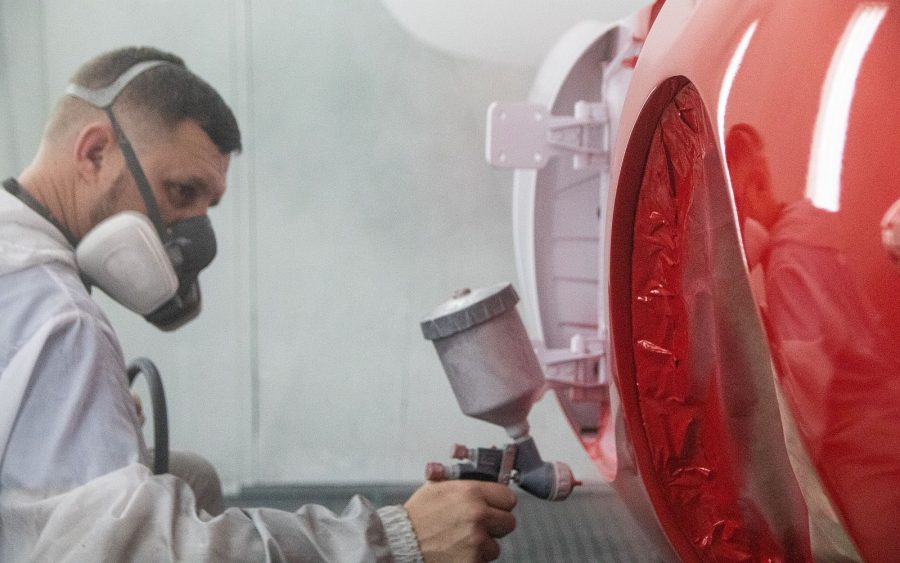
Once the paint stripping and repair work had been completed, the vehicle was ready for paint. At this point Toyota South Africa decided to retain the vehicle’s Solar Red finish as the colour was found in the most inaccessible areas of the bodyshell: behind the dashboard, as well as under the carpets and headlining. These are the sort of places that only a factory finish would have penetrated, so it was felt that the most likely explanation for the discrepancy in colour was down to a clerical error back in the late Sixties.
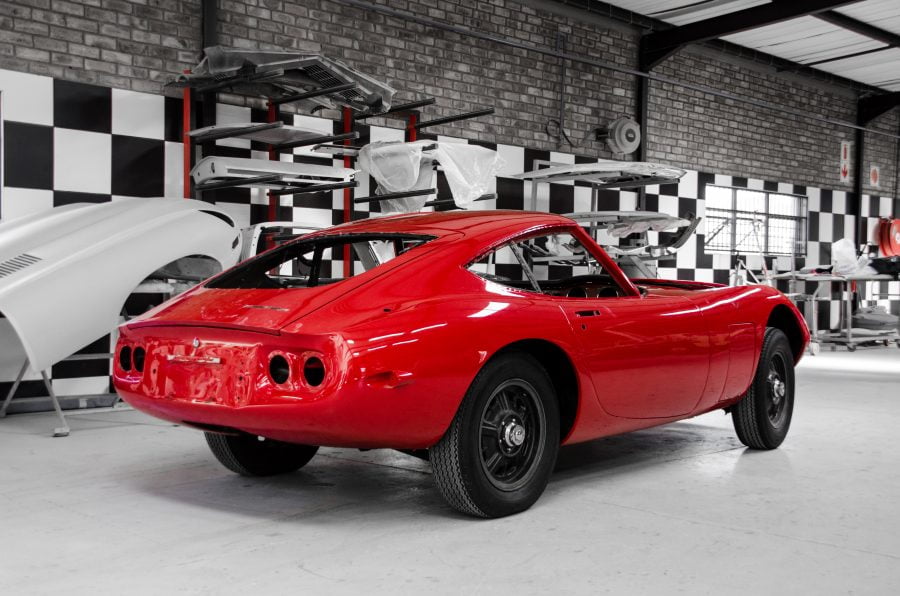
Interestingly, a distinguishing feature of Solar Red models was their gunmetal mirror housings. At some point in its life, however, this 2000GT had been equipped with chrome mirror caps, probably to match its silver paintwork, so the decision was made to preserve the car’s factory authenticity by applying the correct gunmetal paint.
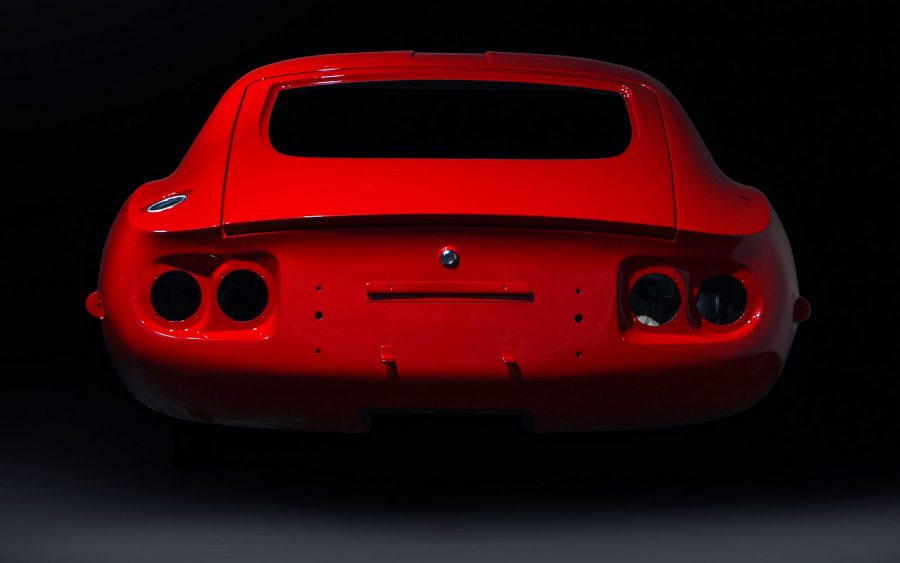
Beneath the bonnet of all Toyota 2000GTs is a 2.0-litre, straight-six petrol engine with a double-overhead camshaft configuration. When new, this 3M would have produced around 150bhp and 175Nm of torque – enough to propel the sports car to a top speed of more than 130mph. To put this in context, the most powerful Corolla of the time produced 77bhp.
But after years of storage and exposure to the elements, this particular 3M wasn’t in good shape. Most of the rubber components in the engine bay had cracked and were leaking fluids, while the majority of coolant pathways around the engine were clogged with rust and sediment build-up. There was nothing for it but to completely strip and rebuild the engine.

During this process, most of the original components were found to be reusable after being thoroughly cleaning. Items such as sprockets and bearings were routinely replaced, while other parts had to be matched and sourced from other Toyota engines or specially machined to suit.
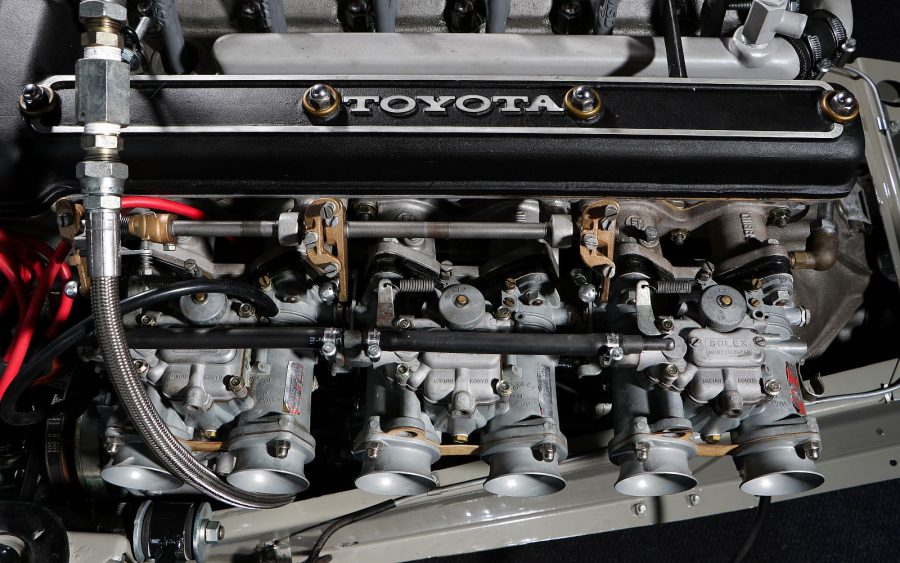
On the nearside side of the engine, it’s impossible not to notice the six intake trumpets, each pair of which leads to a Mikuni-Solex 40 PHH Type Q carburettor. The three carburettors were stripped down and cleaned, serviced with new seals and gaskets and retuned for optimal performance. As a whole unit, the smooth-running of the rebuilt engine provides testament to the time and effort invested in it.
Now that the Toyota 2000GT restoration is complete, Toyota South Africa plans to share the model’s incredible journey with enthusiasts and the country’s motoring media. Among these is entry into the sixth annual Concours South Africa event at the end of November 2022 where the Toyota’s elegance and the attention to detail invested in its restoration can be fully appreciated.
Toyota 2000GT restoration: bonus images

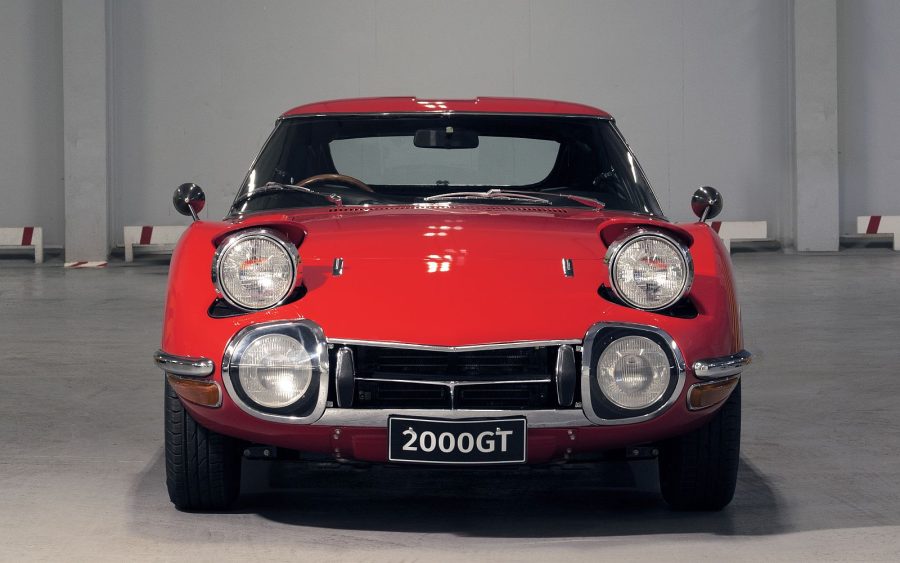
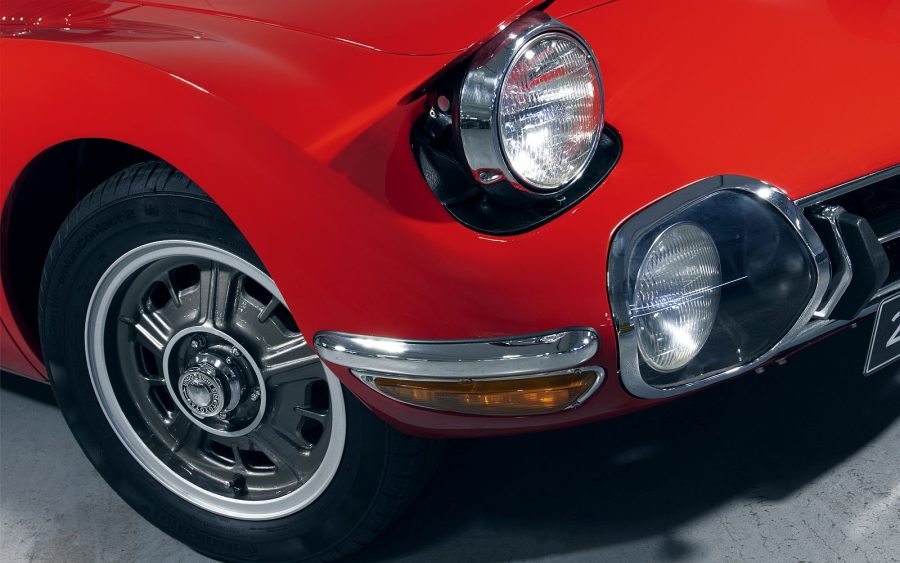

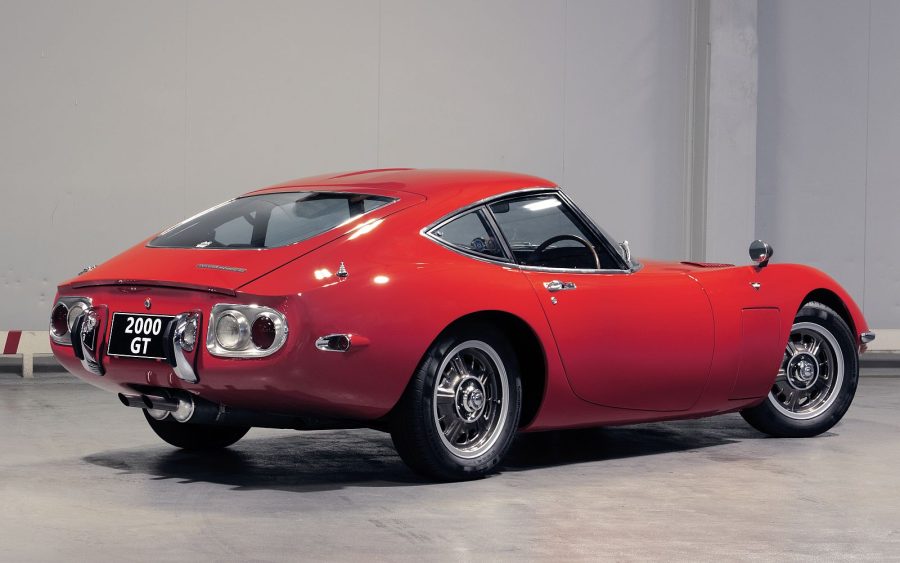
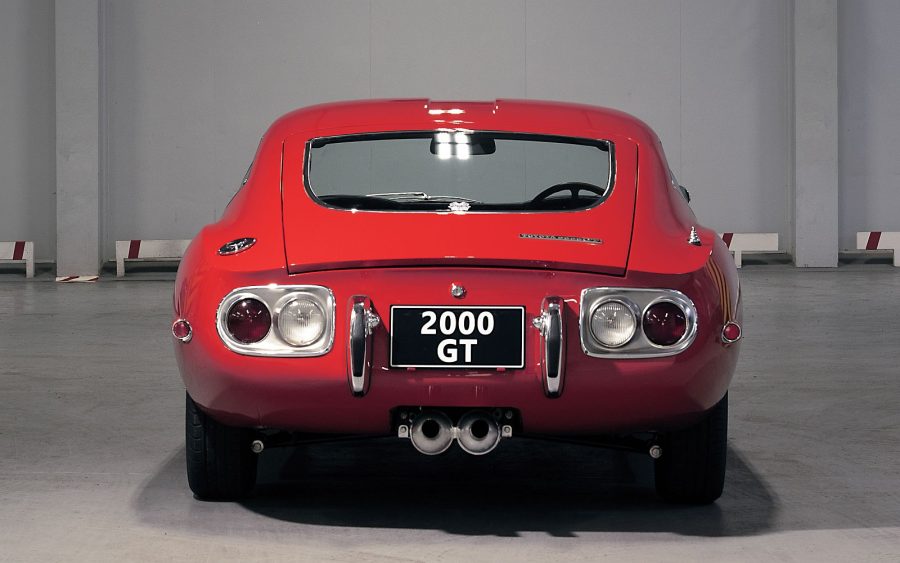
Learn more: History of the Toyota 2000GT
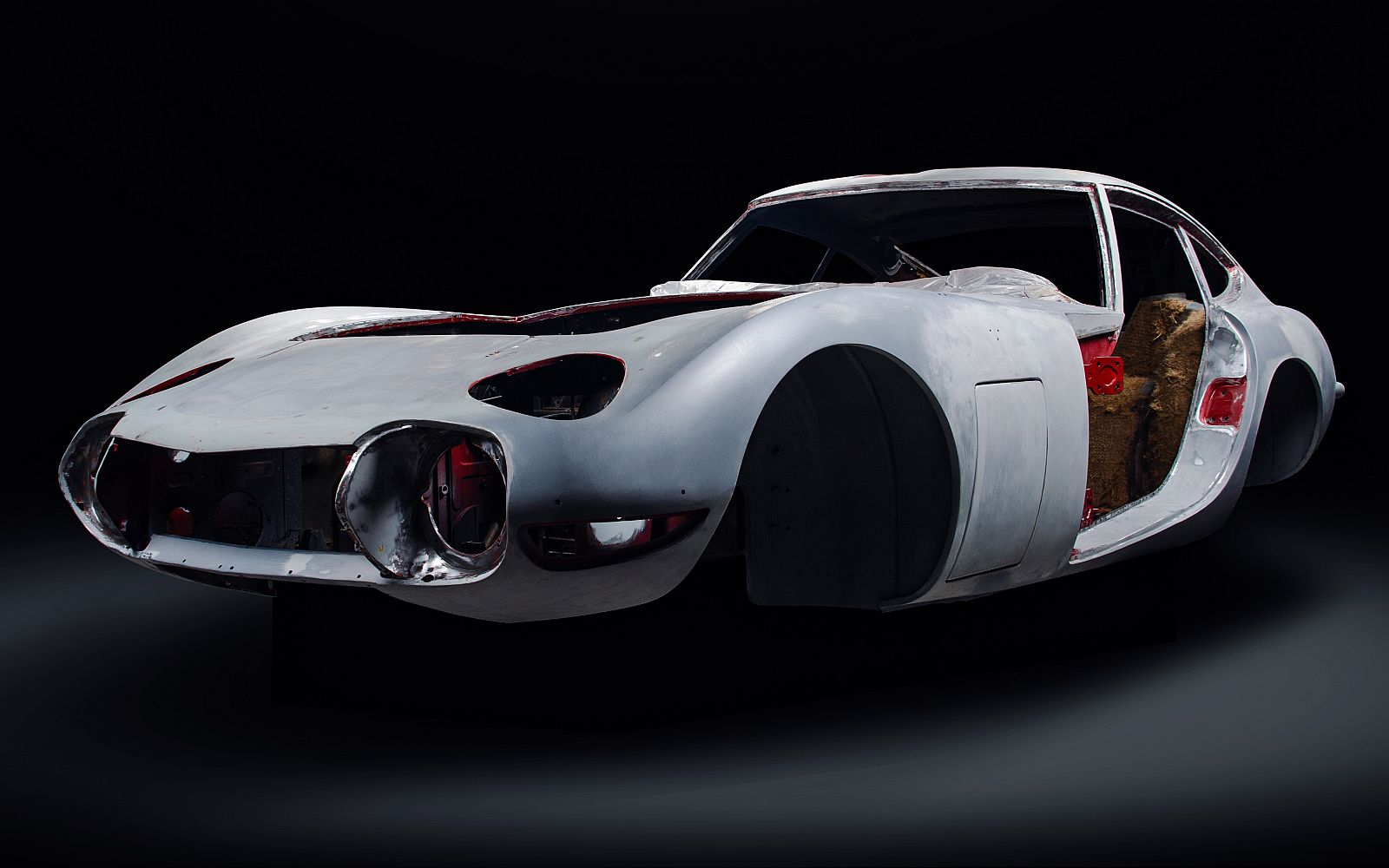
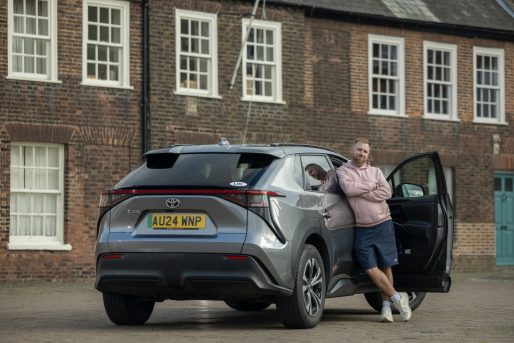



I love to hear about corporations that respect and cherish their past.
We’re so glad to hear that you’re a fan of the 2000GT, Tony!
You can read more about its history here: https://mag.toyota.co.uk/toyota-2000gt-history/.
Thanks.
You need to get Toyota SA put put that on Youtube, if they haven’t already.
Fantastic car.
I recall looking at one of these in KZN at a property owned by an pilot I know who also was building a replica Spitfire airplane. It was under a tarpaulin but out in the open and was not in the best condition – far from it! This was in the early-mid 1990s or so and I wonder of this is the same car. Out of the three imported this one and another are now accounted for but the third remains unknown. Could that be the one I saw?
Hi Stewart,
Thanks for your comment.
Unfortunately we’re not able to provide any insight into this question.
We’d recommend contacting Toyota South Africa, who may be able to help further.
Thanks.
Brilliant job, great to see Toyota doing this.
Lovely car, I recall the soft top in the 007 film. Corgi made a model one for young lads such as myself to play with – this is the hard top version and very beautiful too.
A true classic of the 60’s together with icons such as the original E-type although this was far more exclusive
Its absolutely gorgeous and almost as handsome as an E Type Jag
Hi 2000GT lovers,
Does anyone know if 9 FXD is still in the UK at all?
MF10-10008 is gone in an auction sale in Monaco in 1995. I don’t know where it is now.
Its the most beautyful car ever designed!
I always wondered whats behind the panels at the side of the car? I’m still in doubt.
Nice work!